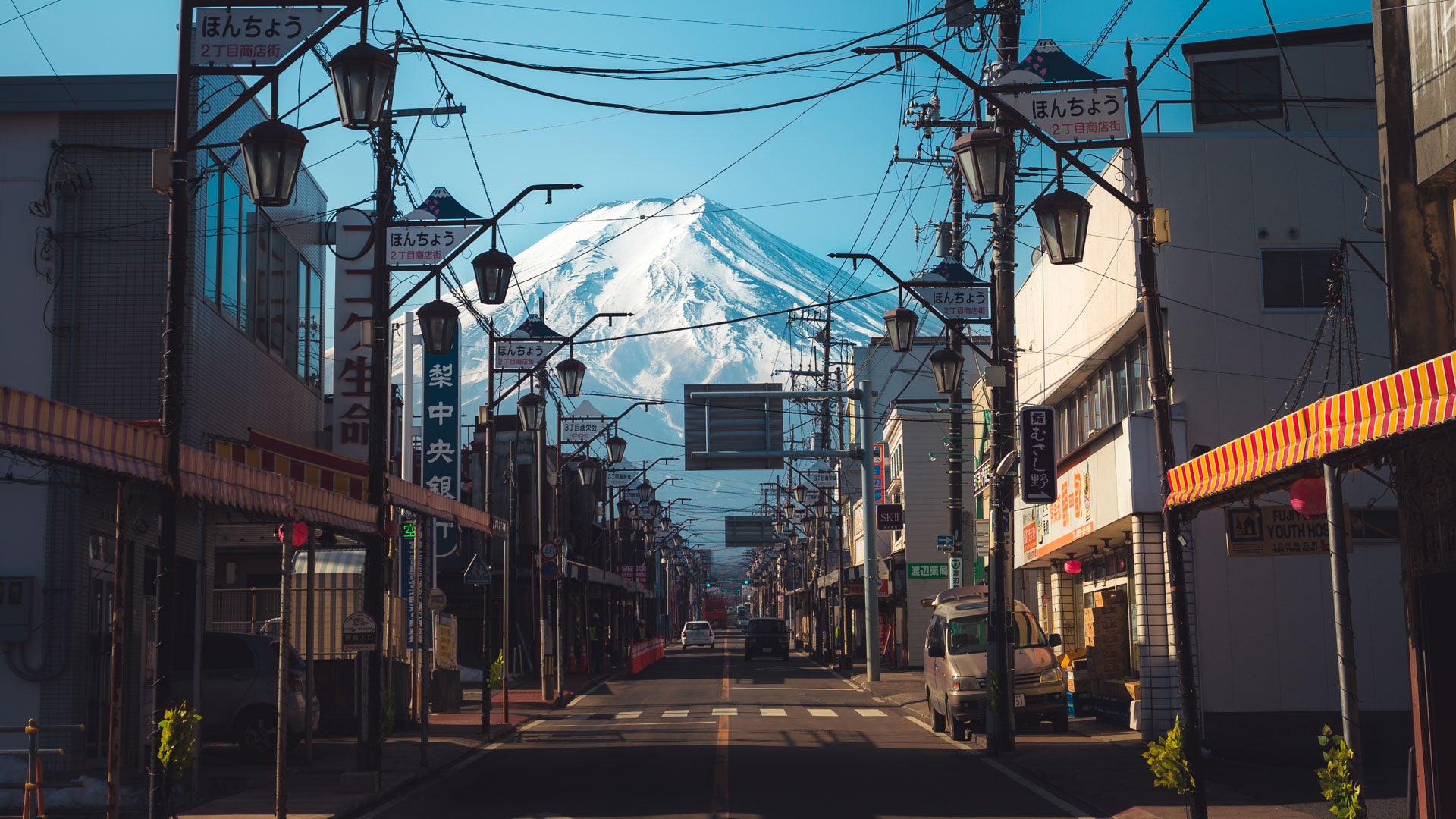Socks, shirts, underwear. Check. Electronics, toiletries, light entertainment. Check. Music, a power bank, passport. Check.
If you’re like most savvy travellers, you’ve probably got this routine down pretty well (or maybe you don’t and you make it up every time, freaking out an hour before you fly, that’s cool too). We make decisions about how much to bring, whether or not things are worth bringing, and probably end up bringing a bunch of stuff that we never end up using.
For people who love making images like us, that’s camera gear. And most of the time, your back and shoulders don’t appreciate the extra weight of that lens you didn’t use, or that extra body you didn’t need.
A great way to keep the weight down is to think about your lens choices before your adventures abroad. After all, sometimes lenses get pretty heavy!
But just how do you pick the right lens for travel? What if you get in a situation where you need something wider, or need something tighter. What if you’re doing a portrait with a slow lens and need something faster? What if you bring 5 lenses and only end up using 1?
Well, I’ve got 3 approaches for you.
3 ways to pick the right lens for travel
Note: All lenses mentioned here are talked about in a ‘Full-frame’, 35mm equivalent. Also, it’s completely brand/manufacturer agnostic, as most every company has their own versions of these lenses. Take your pick! With so many options, there has never been a greater time to be a photographer.
1) One lens does it all. Bag optional.
For the really lightweight.
There’s something super liberating about not having to carry a bag and only using one setup. Your back will thank you.
At the same time, you are definitely limited in the types of shots you can achieve, but some people might spin that around and call that a ‘creative constraint’ and use it as a positive. Glass half full? Or glass half empty? That’s up to you.
Recommendations
Pick your favourite camera body and pair it with:
35mm f1.4 or f2.8
35mm is the ‘do-it-all’ focal length when it comes to primes. You can shoot portraits, street photography, some landscapes, a little bit of architecture - mostly everything.
Grab the f1.4 version if you’re shooting portraits or street photography and you love that creamy depth of field. Otherwise, for most camera manufacturers, the f2.8 version is usually less than half the weight, less than half the size, and sometimes even half the price across every manufacturer.
24-70mm f2.8 or f4
If you dig the zoom thing and you want a nice one, consider the 24-70mm focal range.
It’s one of the most versatile ranges you can get and will pretty much cover everything style you’d want to shoot on your travels except for the super wide and the super tele.
The f2.8 versions across all manufacturers are always the best they have to offer, usually being significantly sharper and faster than their f4 counterparts. Unfortunately, you pay for that difference in weight, size, and price.
Nothing wrong with a solid f4, though! Most f4’s in this range perform pretty well.
24-105mm f4
These don’t usually come in a f2.8 version, so if portraits or street photography with a lot of depth of field is your thing, then this lens won’t be.
However if you find yourself shooting video too, or appreciating the extra reach - perhaps you enjoy shooting wildlife, or the surf, or something just that little bit further away, you might dig this lens.
16-35mm f2.8 or f4
For those who like it wide, or love to get up close to their subjects.
The 16-35mm f2.8 is the mainstay lens in my bag. For me, I shoot wide landscapes very often, and if I’m taking photos of people, or street photography, I tend to make images that have more context in the frame, or I go in close and interact with people.
Some photographers find this focal length uncomfortable to work with people and portraits - and I totally agree. It’s hard at the start. But for me, what I love is that a good wide angle just doesn’t look like anything else. It’s different.
Where a 24-70mm will give you solid shots, they will mostly look similar to everyone else shooting with that focal range. Use a 16-35mm for where you’d use a 24-70mm though, and suddenly you’re forcing yourself to become a bit more unorthodox. A bit unusual. I like that. It’s the core to my own personal style.
2) One lens that does most of it + one speciality lens
Chances are, you have a good sense for what you like to shoot.
Bonus points for going within and figuring out how you like to shoot.
When you’re travelling and weight is a priority, but you’re going to be bringing a bag on your adventures anyway, consider bringing just two lenses. One for most of your images, and another if you know you like a particular style or working at a particular distance.
Recommendations
In addition to any of the lenses in the last section, consider pairing that with one of the following depending on the style you like shooting:
Architecture - 10mm or 12-24mm
Portraits - a 35mm, 50mm or 85mm at f1.4 or faster
Street photography - 50mm, 85mm or 70-200mm if that’s your thing
Landscapes - 12-24mm, 70-200mm or 100-400mm
Wildlife - 100-400mm or 24-300mm superzoom
My usual setup is a 16-35mm f2.8 + an 85mm f1.4. This allows me to shoot pretty much every style I enjoy, in the way I like to shoot it.
3) Cover both ends
This is more for you photographers out there who love the look and feel of prime lenses (fixed focal lengths, usually quite fast with a lower f-stop, usually smaller and lighter in build, and generally sharper, too). I don’t blame you - I used to be an ‘all primes’ kinda guy.
Recommendations
Pairing a 35mm f2.8 with a 85mm f1.4 will get most people most results.
Sure, you might not be able to hit those super wide interior shots or tight alleys. You won’t be able to reach the longer distances needed for some types of landscapes either. And wildlife? Forget it.
But setting up with those two lenses will cover most that you’d want to shoot while travelling, at half the size and half the weight of the photographer next to you, while having super sharp images and creamy depth of field.
---
What lenses do you bring on your travels?
Do you use any of these setups? What are your favourite lenses for travel? Did I miss anything?
Let me know in the comments below!



